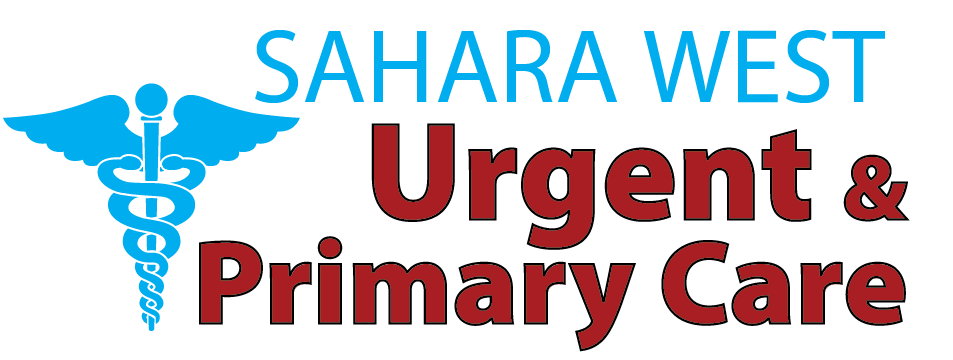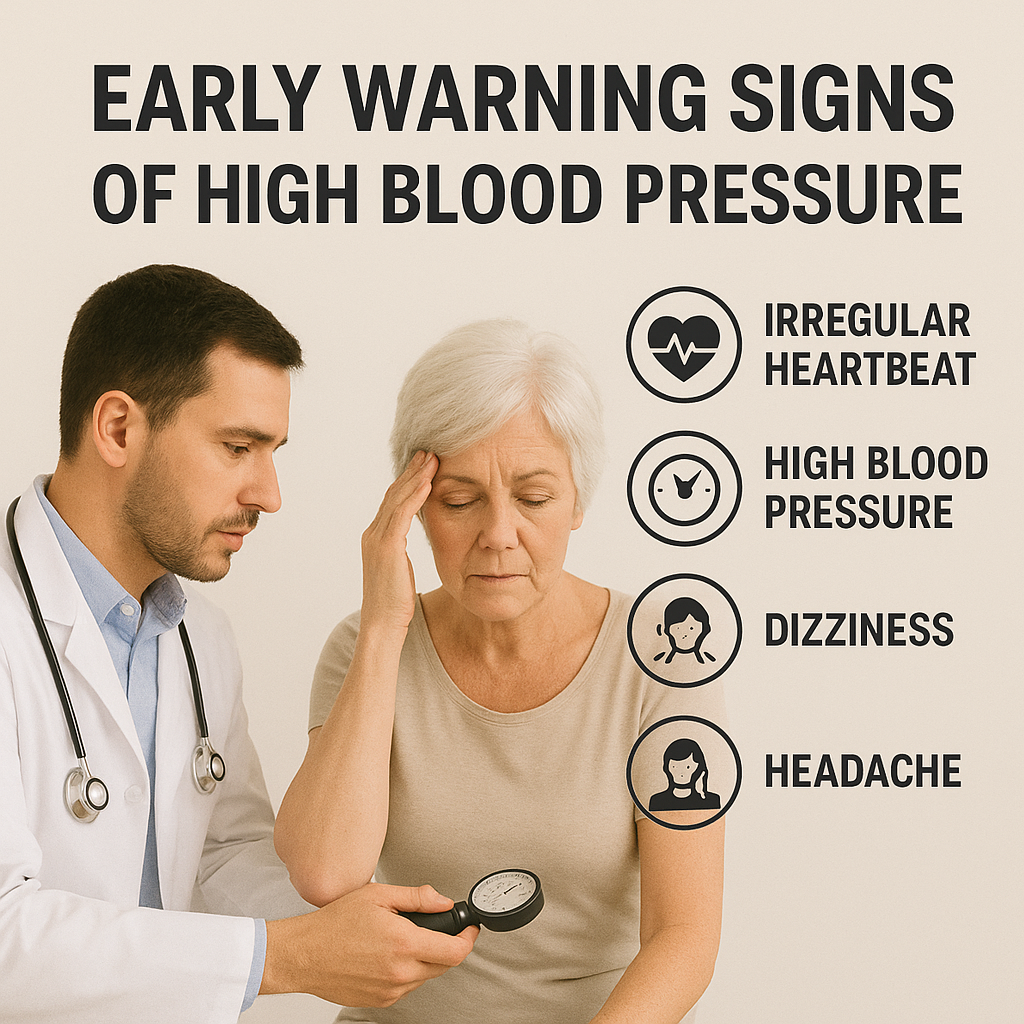Yes — you can battle with type 2 diabetes without drugs. even if you are not on any medications. If you pair this with normal changes in lifestyle, conscious food and drink intake, preplanned exercise and fitness, then that’s how you end up with the ability to control blood glucose level for increasing Insulin Sensitivity & reduce the need of medication. As appropriate doses. The miracle is not magnificent but consistency — small, steady steps create lasting results.
Valuing Lifestyle in Diabetes Care
2 diabetes arises when the body’s resistance to insulin prevents the hormone from disposing of glucose in the blood. Get the diet right, hit the gym a bit, maintain your weight reasonably, and you will garner insulin sensitivity and blood sugar will fall of its own accord. The experts come away believing that diabetes is best treated with a lifestyle overhaul, ideally an ideal plant-based Vitra diet rich in fiber and low in carbohydrates.
And there has been scant reference in articles to anything other than diet and exercise. What’s lacking, however, is how to sustain those shifts over the long haul. It’s the book tweens are missing, and it supplies you with what you need to keep your remission strong and have a successful plan of your own.
What Does The Word Reversing And Remission Really Mean?
It’s important to be clear:
- Control is normalizing blood sugar.
- Remission in this context means your blood sugar level has gone back to the way it was for someone who does not have diabetes and you don’t need medication to help keep it that low for (at least) six months.
- Reversal is virtually a synonym for remission — but not cure, in fact quite the opposite.
Diabetes management in Las Vegas can still come back, even when you return to your old lifestyle, which induced “remission”. And thus why progress, not perfection, should always be what we strive for.
Step 1: Ensure the Basics
1. Lose Weight Gradually
Just a 5- to 10-percent loss in body weight can have a major impact on how well you respond to insulin. Take off inches from the abdomen, focusing there because that is the site most associated, not just with insulin resistance.
2. Move More
Make an aim for a minimum of 150 minutes a week of moderate aerobic activity, and also focus on exercises like walking, biking, and swimming, as well as resistance training can lower blood sugar and reverse metabolism.
3. Eat Real, Whole Foods
Make meals with non-starchy veggies, lean protein, beans, legumes, nuts, seeds and whole grains. And don’t forget about those refined carbohydrates, sugary drinks and ultraprocessed foods.
4. Track Your Progress
Obtain fasting glucose, HbA1c and waistline circumference. Also, it is motivating to see progress and has the added benefit of keeping you accountable.
Step 2: Personalize Your Plan
Once you’ve mastered the basics, tailor your position to your body and how you want to use it:
- Tweak The Carbs Wisely: focus on high-quality carb calories such as oats, beans and lentils, high-fibre vegetables. Reduce Refined Grains and Added Sugars. Limit refined grains and added sugars.
- Tackle Stress & Sleep: BOTH chronic stress and too little sleep leave the body flooded by cortisol. Which levels out blood sugar. Trust in the fact that a good night’s sleep helps, and cut yourself some slack every single day at some point.
- It’s Not How Hard You Try, but how regularly you Are Walking for 30 minutes every day is far better than pounding it out once a week.
- Officially: Track what you eat and how you move, write down your glucose readings in a log. Find out more about tracking and logging here to see which one is best for you.
Step 3: Deciding When Medication Can Help
For some, especially when the disease is very early, lifestyle doesn’t do it. But it could take medication to bring your blood sugar down in the short term as you make lifestyle changes. As always, if something has been added or removed from your medications, let whoever it is that prescribes tell you that – do not start anything prescribed without warning.
After all, we should not be aiming to make drugs a crutch (even if some do need them) — we want to ease people from making an everlasting use of drugs towards lifestyle management.
Step 4: The Maintenance Phase. This is When Success On Sustained
Many people get well in five or six months and go back to miserable because they stopped doing what worked. The ‘maintenance phase is the forgotten one but it’s there when long-term remission happens.
Here’s how to stay on track:
- Never be idle, any exercise is good, no matter how you perceive it. Walking every day can be a big help.
- And continue to eat healthy, and don’t let yourself fall off into all-or-nothing diets you cannot maintain.
- Monitor HbA1c every 3 – 6 months.
- Actively check in on whether your goals are serving you, and adjust as needed.
- Find friends, groups or professionals who can help support and hold you accountable.
Final Thoughts
Yes, it is possible to reverse diabetes with lifestyle changes, few can do it. You can turn back diabetes remission, and small steps toward a healthier waistline and diet combined with increased activities.
It’s not going to have the right answer on everything. It’s consistently applying the right things and doing them all the time: Eating whole foods, moving your body, managing stress, working with your health care team. These decisions turn into your health, and are reclaimed naturally. To schedule your appointment with the highest standard of care, visit Sahara West Urgent Care on our website, where you can also explore more informative blogs





